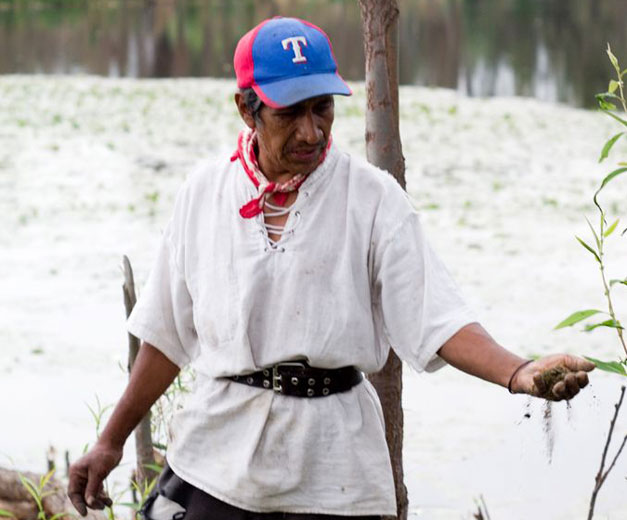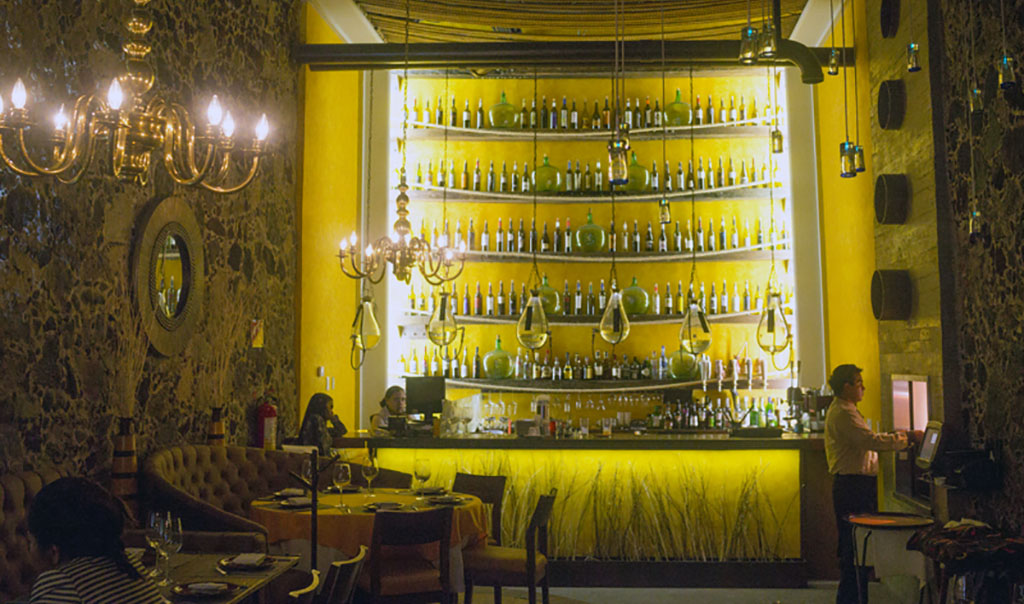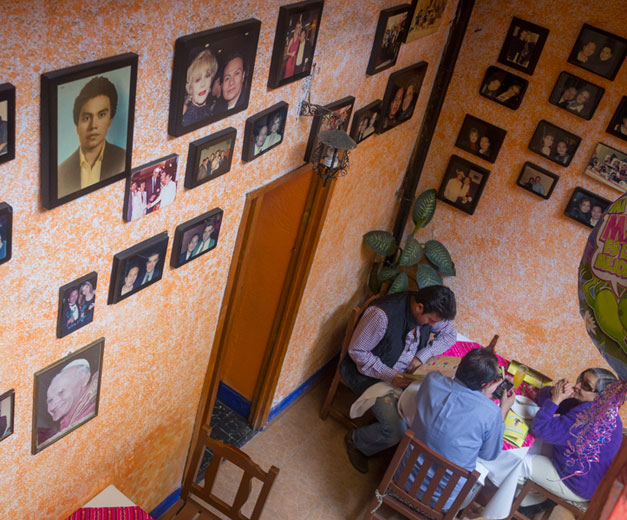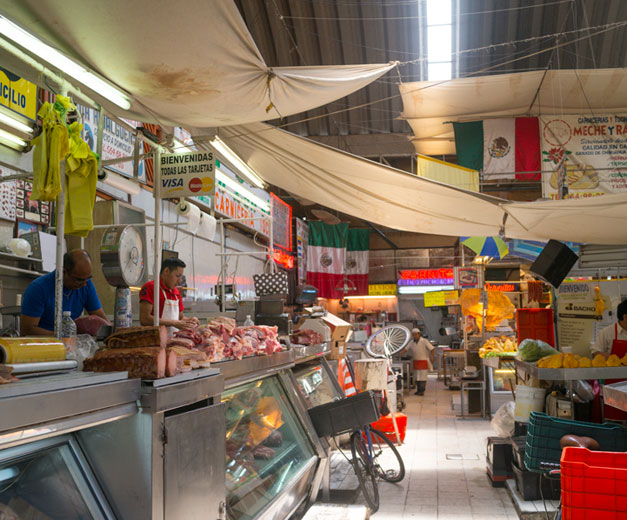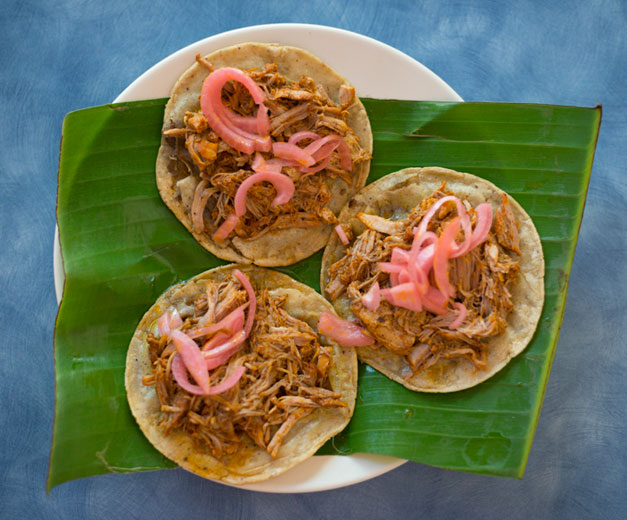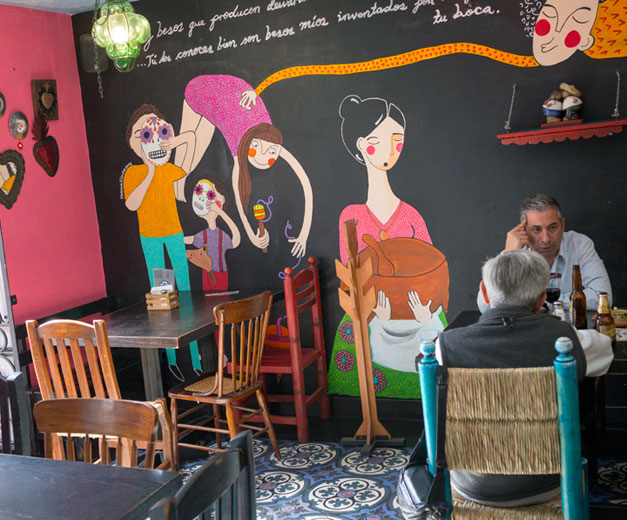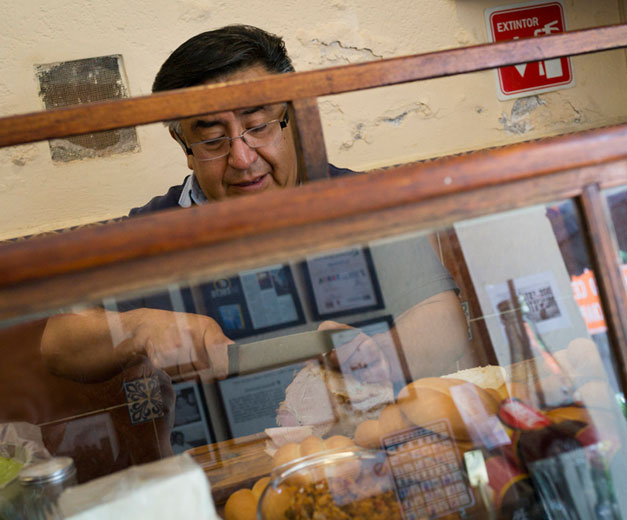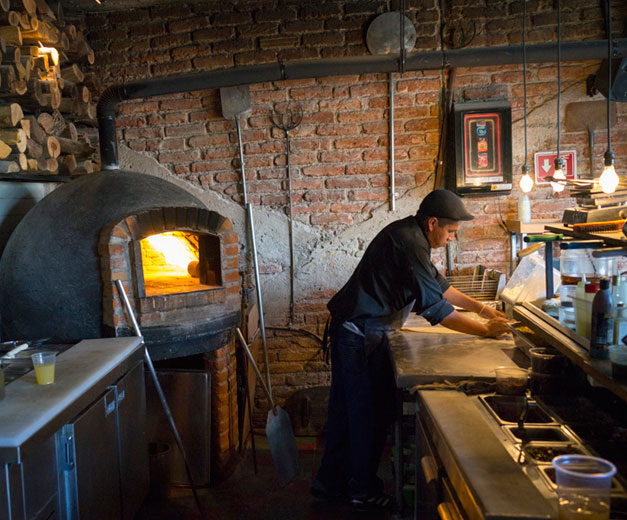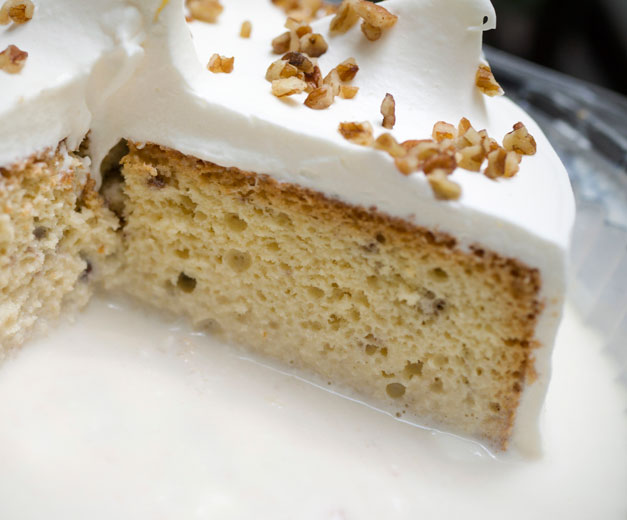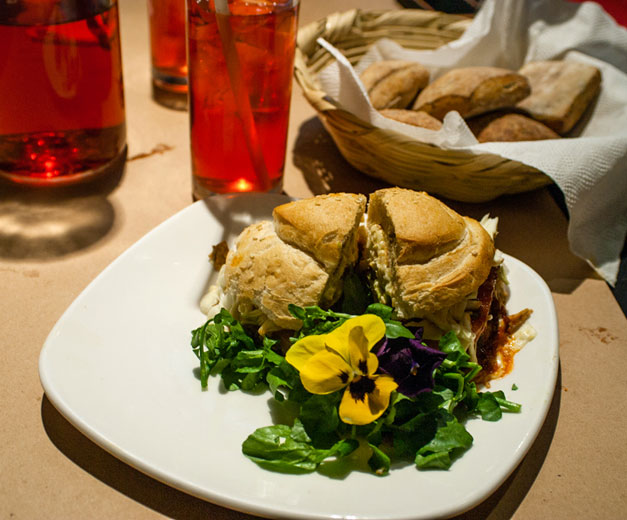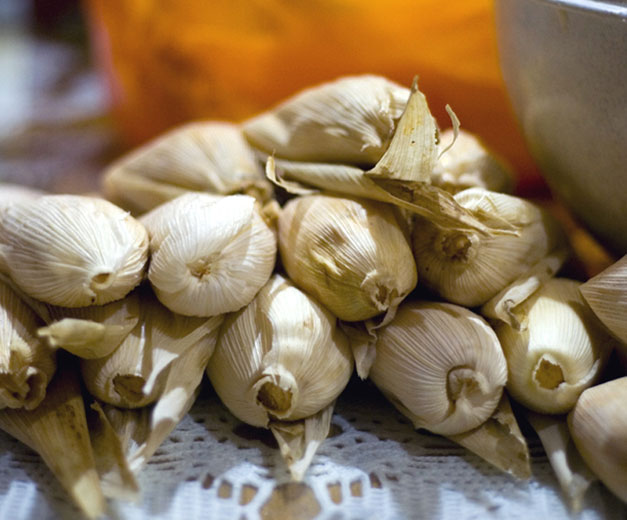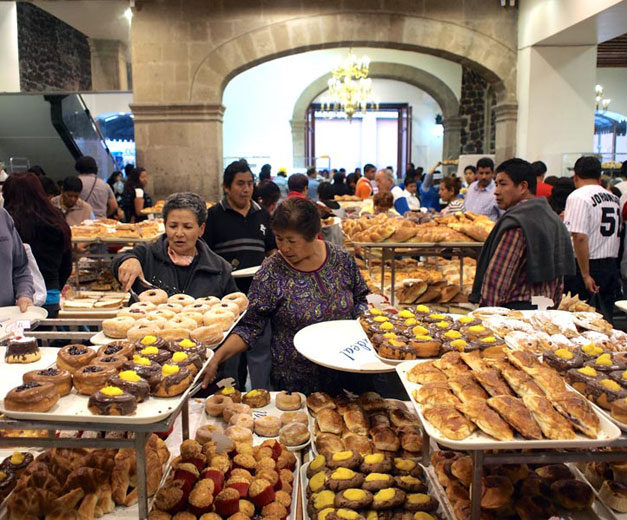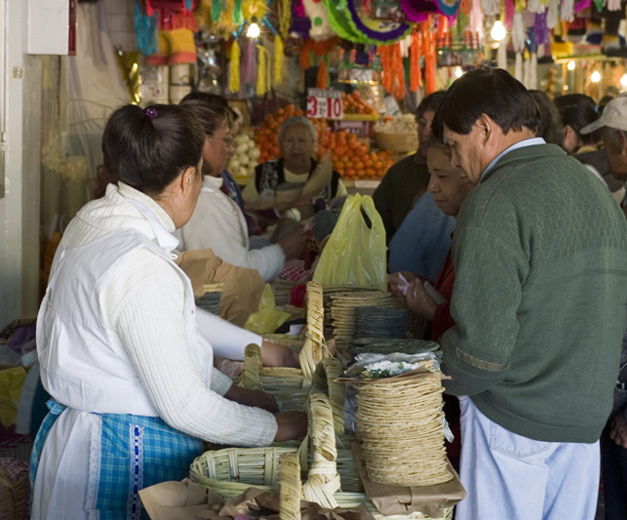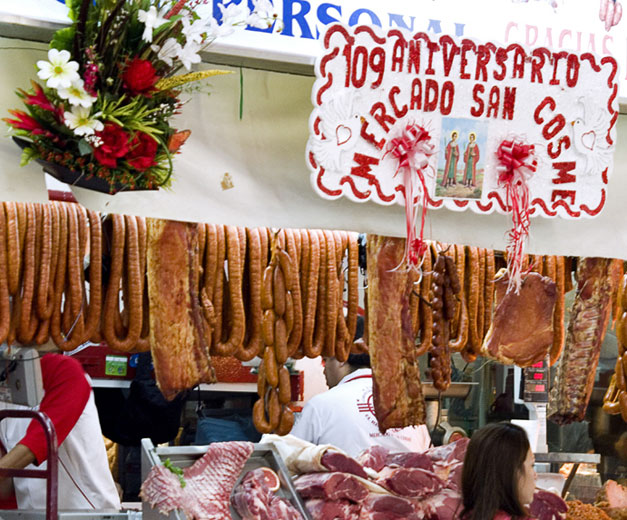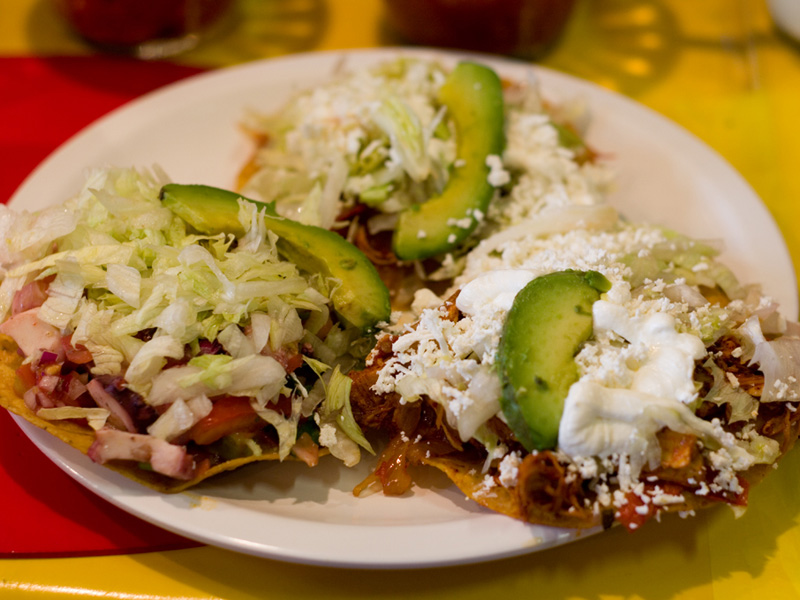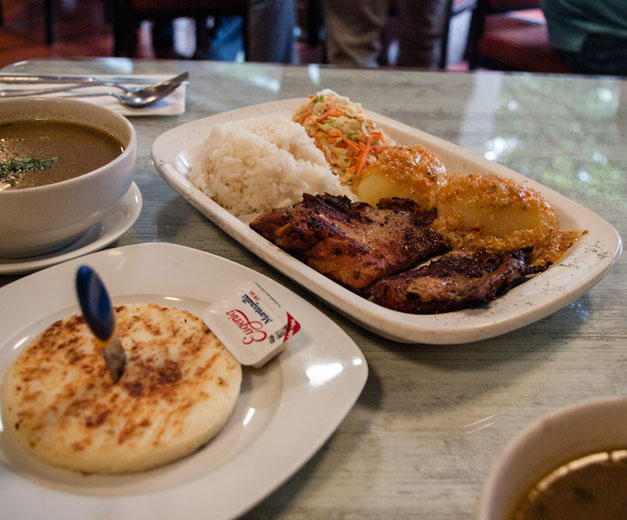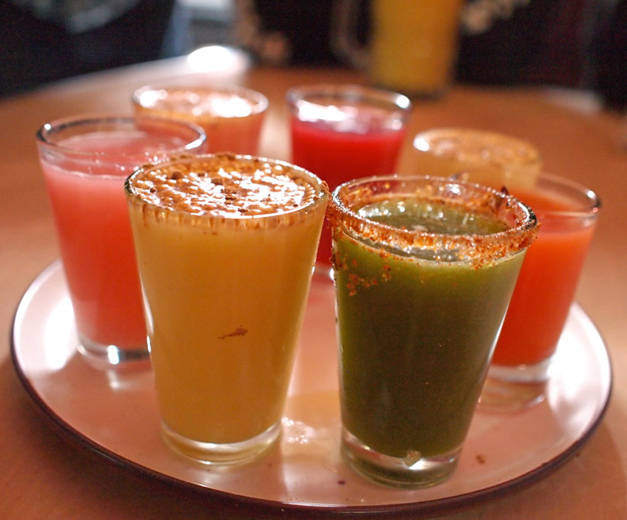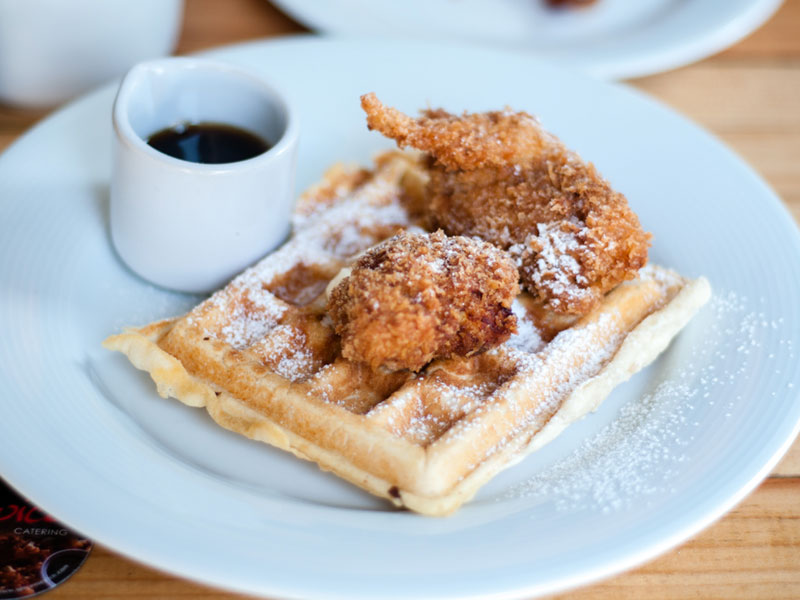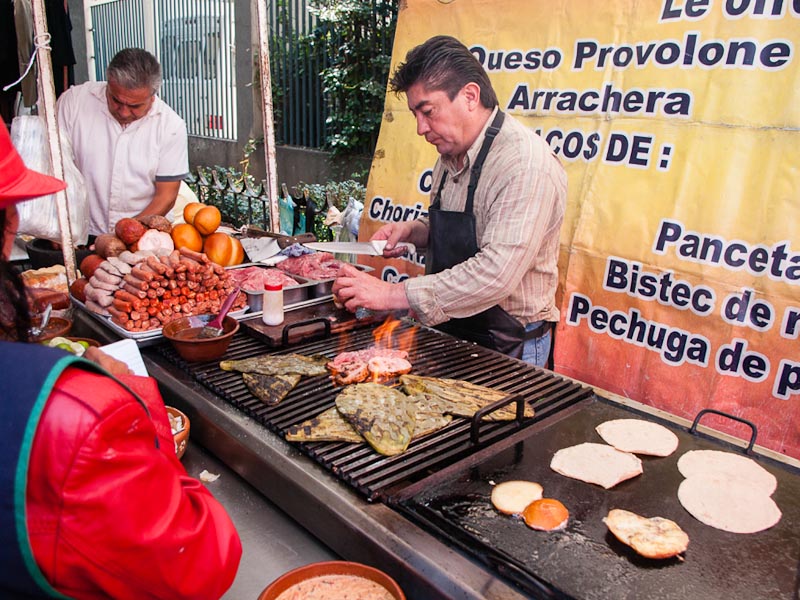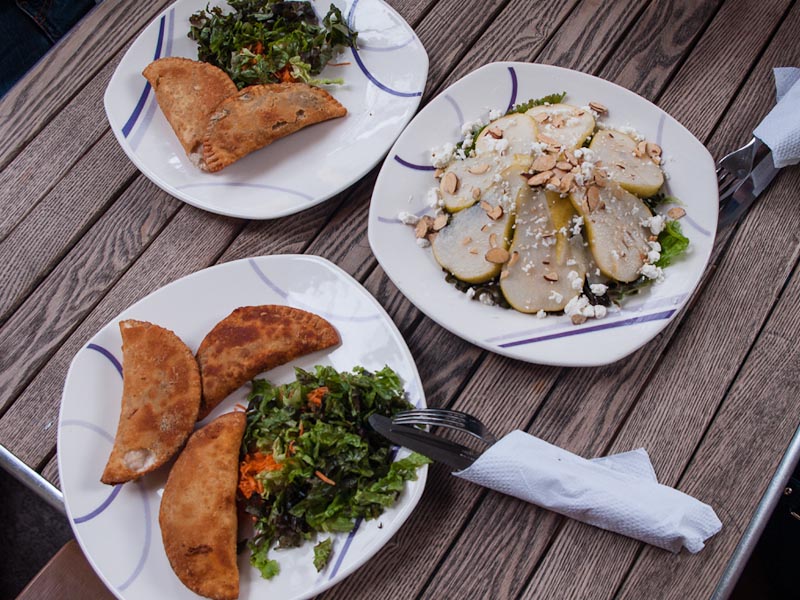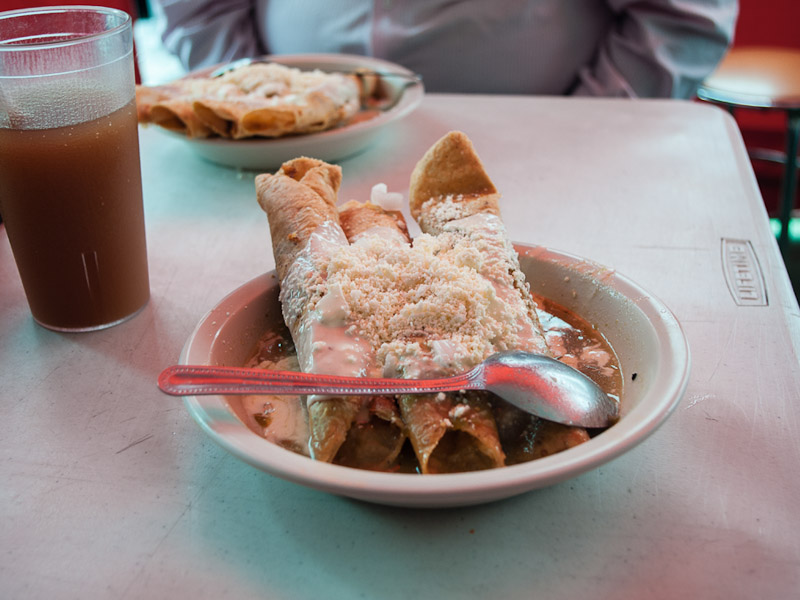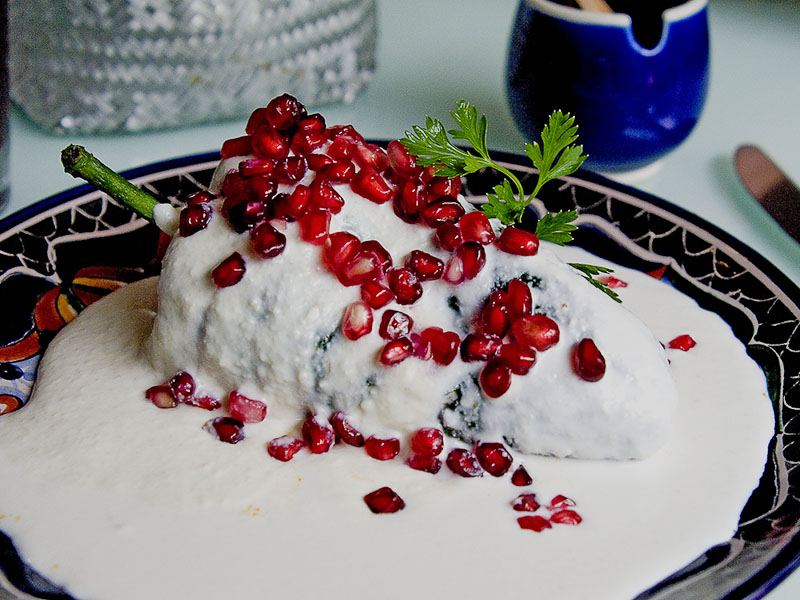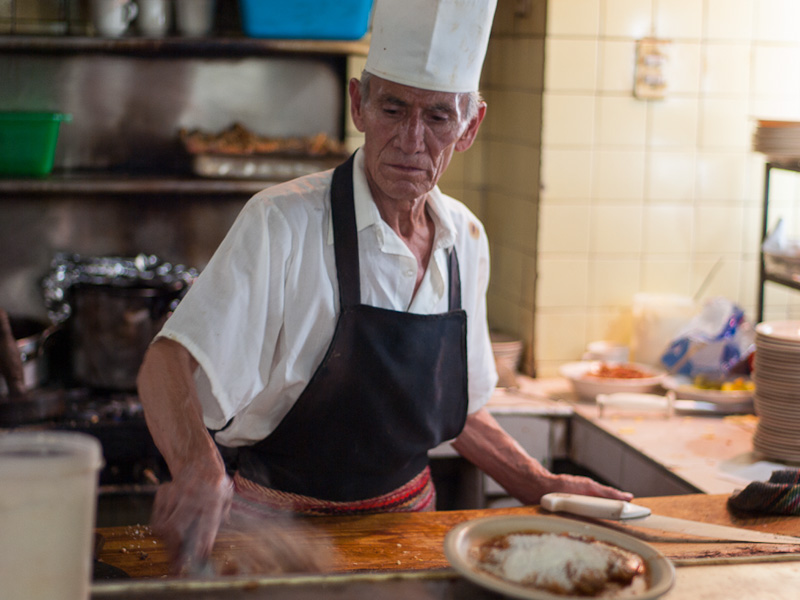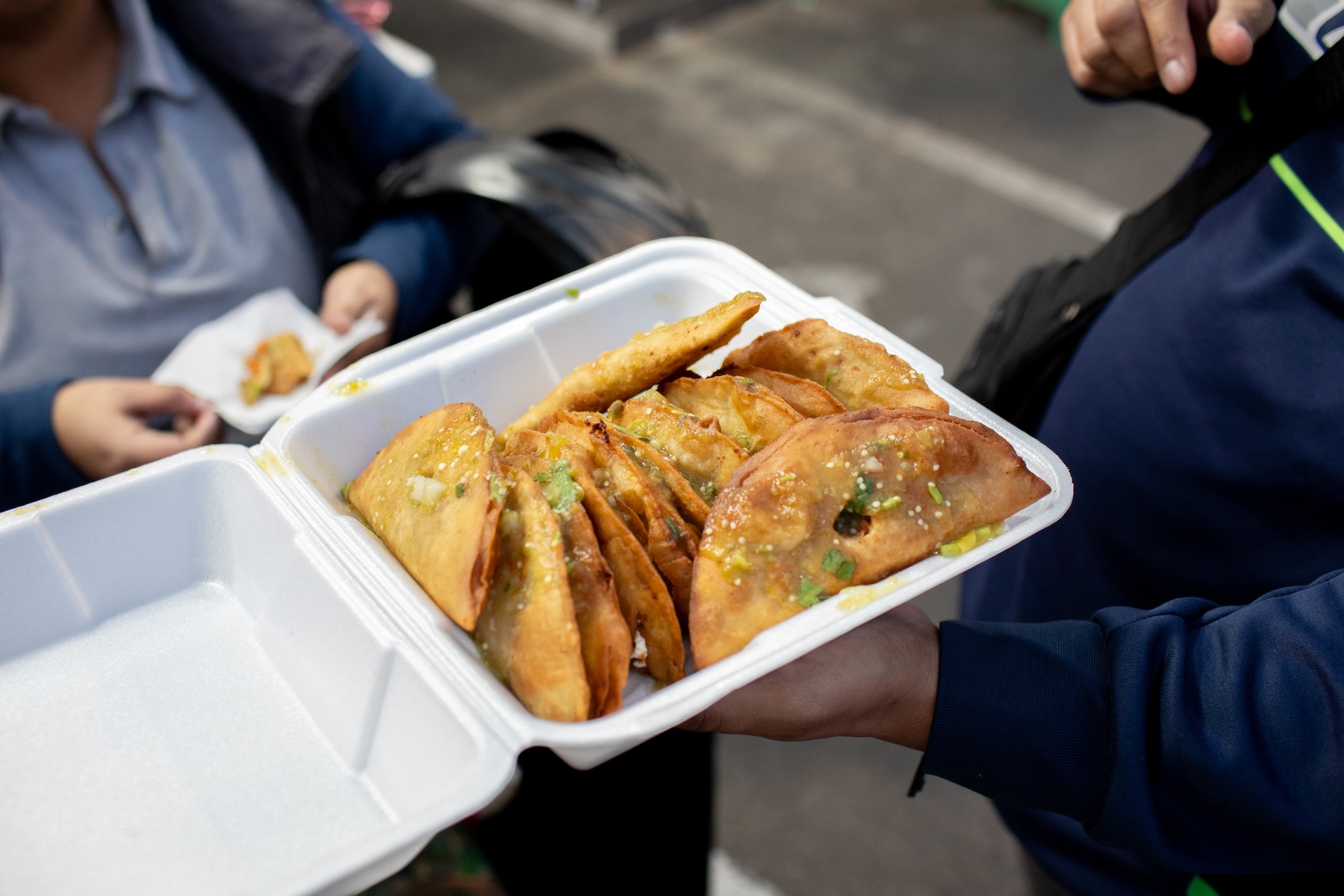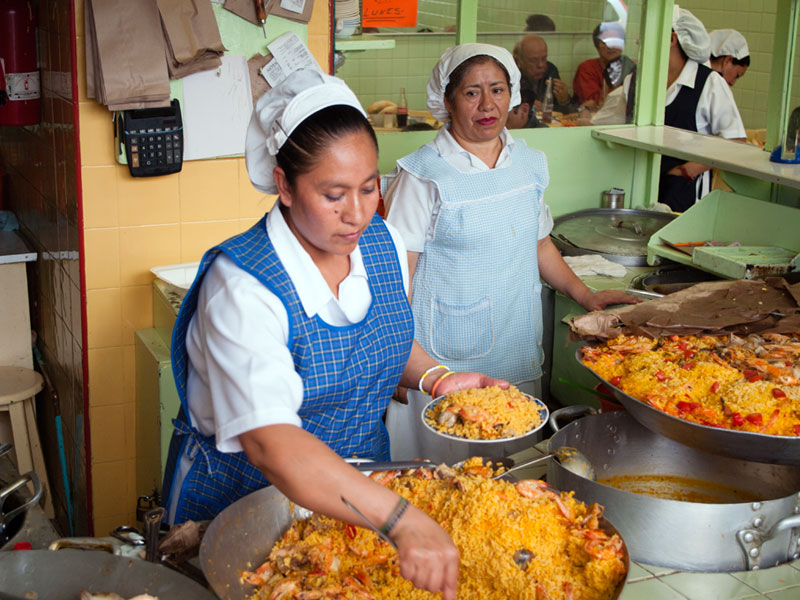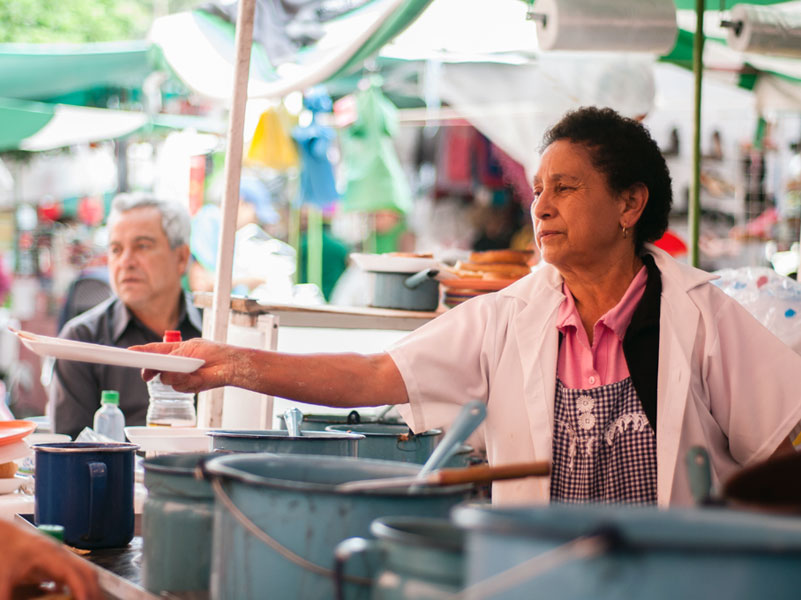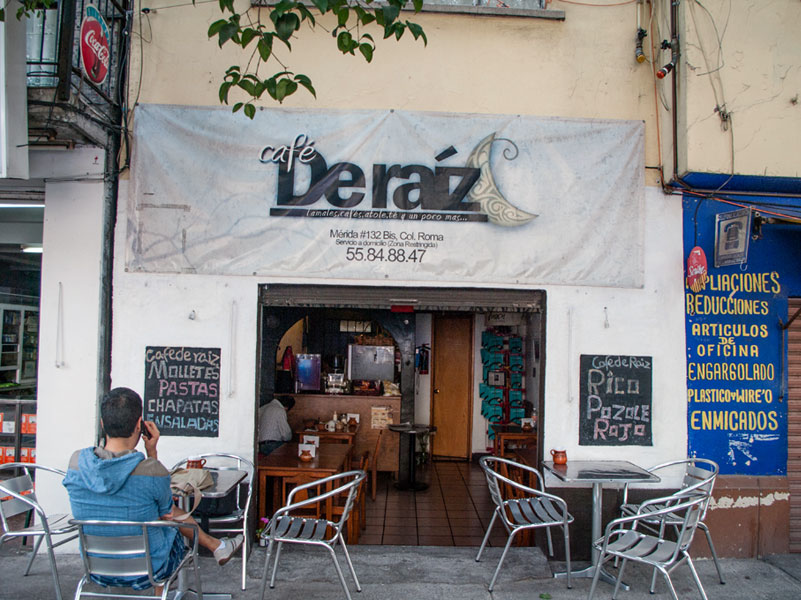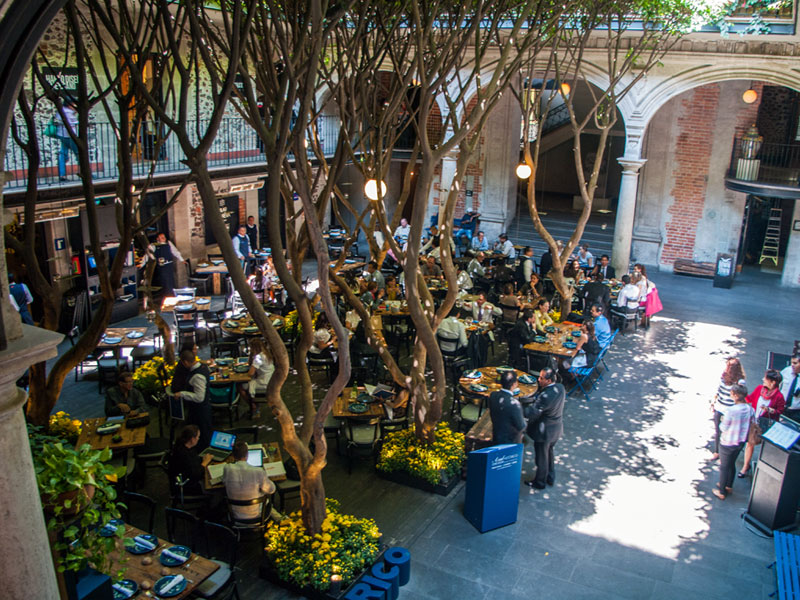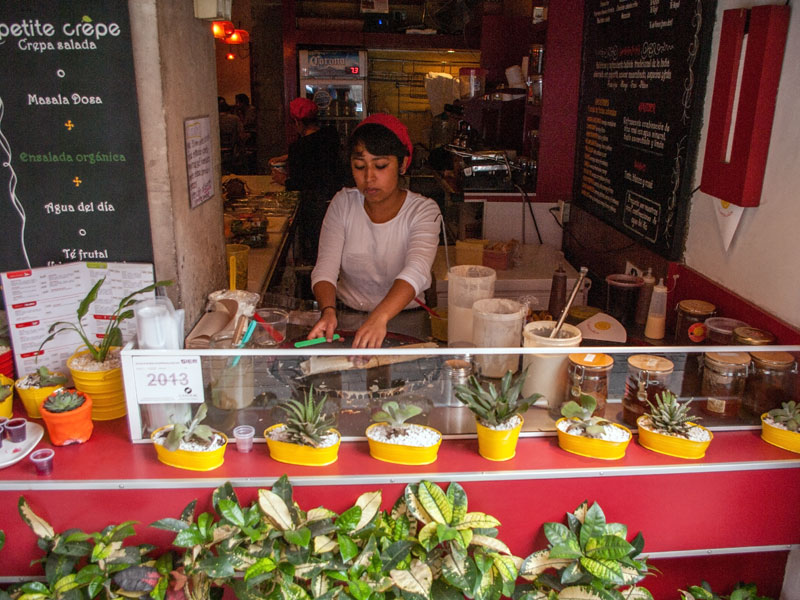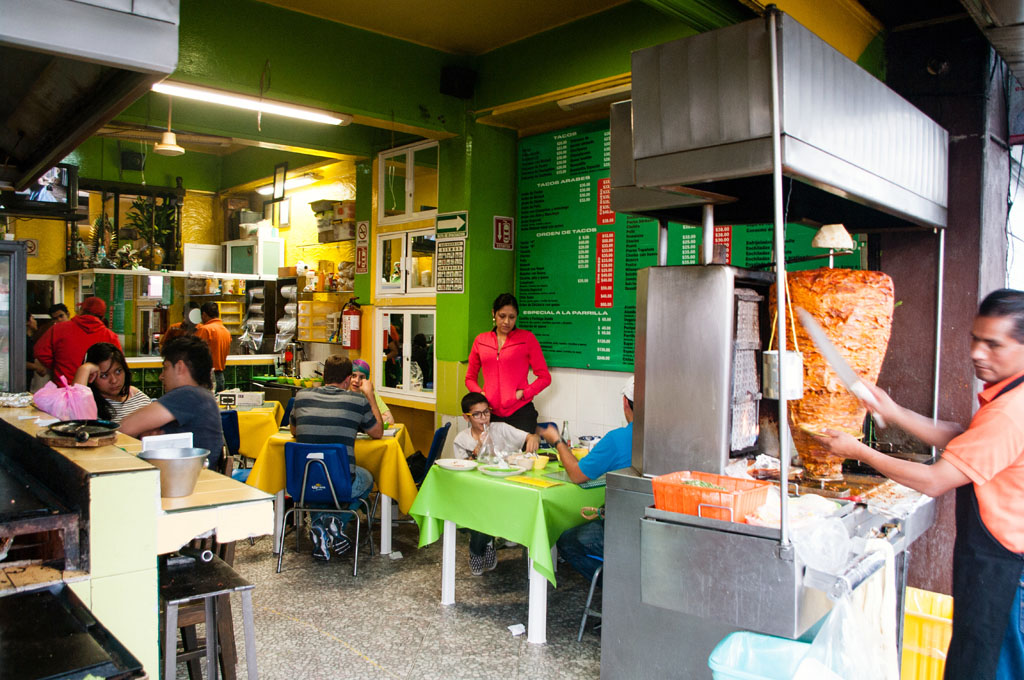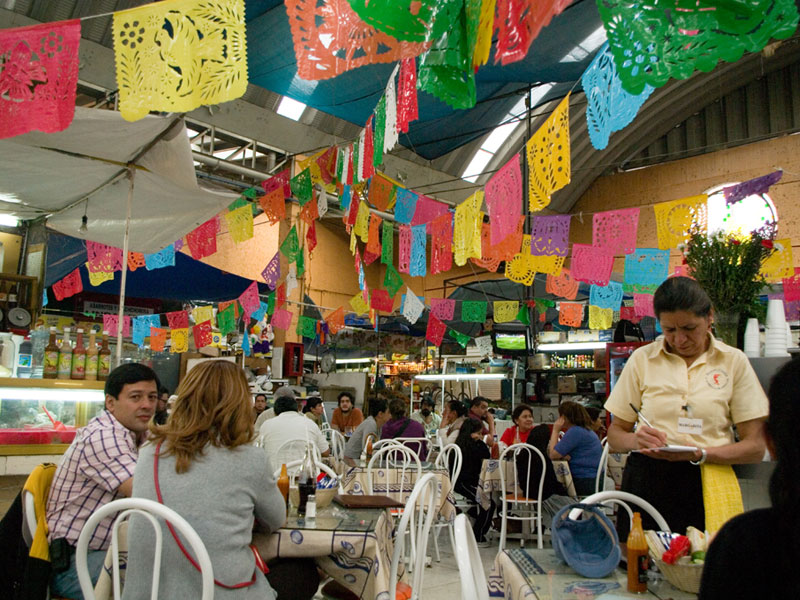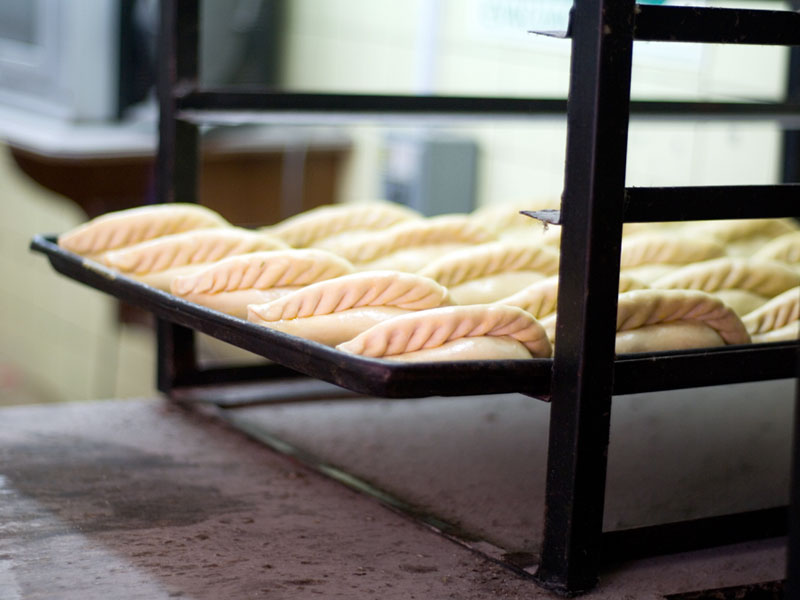We can't find the internet
Attempting to reconnect
Something went wrong!
Hang in there while we get back on track
Search results for "Ben Herrera"
Mexico City
CB on the Road: Sun and Seafood in Acapulco
Acapulco, the famed resort town of the state of Guerrero, on the Pacific side of Mexico, has been the most popular getaway destination for chilangos (slang for Mexico City residents) for generations. The proximity of this beautiful bay to the capital – it’s just a four-hour drive or 45-minute flight – makes it easy for us to spend a long weekend there partying, swimming in the ocean or just soaking up rays on the white sand beaches and doing a whole lot of nothing. While Acapulco has gotten a bad rap in recent years for drug-related crime and violence, it’s still quite safe for tourists.
Read moreMexico City
Mezcalerías: Where There's Smoke
Editor's note: For our last stop on CB's Global Bar Crawl this week, we're pulling up a stool at our favorite mezcal bars in Mexico City, kicking back and savoring every last drop. Para todo mal, mezcal. Para todo bien, también. Y si no tiene remedio, tómate litro y medio. For everything bad, mezcal. For everything good, the same. And if that doesn’t help, drink a liter and a half. – Popular saying among mezcal lovers.
Read moreMexico City
La Casa de las Enchiladas: Get Sauced
Fried tortillas, stuffed and sauced: enchiladas are simple in concept, but they come in a seemingly endless variety, depending on region and ingredients. The tortillas might be made of corn or wheat flour, and they could be stuffed with all manner of meat or vegetables (or both), but the sauce – or salsa – is really what it all comes down to.
Read moreMexico City
Best Bites of 2013: Mexico City
Editor’s note: This post is the fourth installment of “Best Bites of 2013,” a roundup of our top culinary experiences over the last year. Stay tuned for “Best Bites” from all of the cities Culinary Backstreets covers. Hilaria Gastrobar We visited this restaurant on revitalized Madero Street downtown just a few months after it opened, and we were immediately won over by the food and beer selection.
Read moreMexico City
La Casona del Sabor: School Lunch
Once considered Mexico City’s next hot neighborhood, Santa María la Ribera, near the city's center and one of its first suburbs, has been slow to deliver on that promise. While neighborhoods just to the south have stolen Santa María’s thunder, it’s finally showing signs of life – one of which is the restaurant/cooking school La Casona del Sabor. Built 140 years ago by a German immigrant couple, the building that houses La Casona features traditional colonial architecture, including a grand entrance that leads into a spacious, landscaped courtyard. Looking out over the courtyard is a colorfully tiled verandah that connects to multiple rooms. Once family quarters, these rooms now serve the culinary school. The school's head chef, Jorge Luiz Alvarez, began the school seven years ago in his nearby apartment, but when space became tight, he took over the house and expanded the business.
Read moreMexico City
Pulque: A Strange Brew's Revival
Milky, tart, viscous and slightly foamy. At first glance and sip, there’s little to explain why pulque – a mildly alcoholic drink made by fermenting the fresh sap of certain types of maguey, the same plant used for making mezcal – has remained a trusted companion to Mexican drinkers since Aztec times. Pulque, actually, has not only survived, but, after decades of losing ground to beer and soft drinks and their high-priced marketing campaigns, this workingman’s brew is making a comeback. New pulquerías are popping up in hip Mexico City neighborhoods and attracting a younger crowd while old pulquerías, which endured some lean times, are seeing an influx of new customers, who now sit side-by-side with older generations of loyal pulque drinkers. Nobody really seems to know why the previously unheralded nectar has been getting this much attention in the last few years, but several places around town have been capitalizing on this new trend with great success.
Read moreMexico City
El Parrillón: Gaucho Tacos
Tacos are everywhere in Mexico City, and though the options are many – chicken, al pastor, carnitas, carne asada – the basic ingredients tend to be the same wherever you go. That’s why, as we were walking the aisles of Tianguis La Raza on a Sunday morning, El Parrillón caught our attention.
Read moreMexico City
Tacomix: Pit(less) Bosses
Making mixiote takes some effort. On its home turf in Central Mexico, the dish is made by taking chicken, beef or mutton that is seasoned with pasilla and guajillo chili peppers as well as flavorings like thyme, cumin, bay leaves, oregano, onion and garlic, wrapping it in individual portions in maguey leaves and then slow-cooking the bundle in a pit, preferably overnight. But how about in Mexico City, a crowded metropolis where it’s not always possible to build a BBQ pit in the ground, or to obtain maguey leaves, which are both expensive and difficult to work with?
Read moreMexico City
Ask CB: What Are Aguas Frescas?
Dear Culinary Backstreets, I’ve heard about drinks in Mexico called “aguas frescas,” but what exactly are they? Visitors to Mexico are sure to encounter aguas frescas, a popular category of drinks that are ubiquitous at food stands and eateries around the country. These colorful beverages, whose name literally means “fresh waters,” come in a variety of different flavors depending on the main ingredient, but generally all are made by mixing a fruit juice with water and sugar.
Read moreMexico City
Cactus Popsicle? Touring Mexico City's Ice Cream Scene
In Mexican cuisine, sweets are for the most part simple treats that are enjoyed at the park, market or beach, such as caramelized fruits and vegetables, blocks of nuts or amaranth seeds held together with honey, or small rice paper cakes filled with honey. The common denominator of most of these sweets is their simplicity. When it comes to ice cream and other frozen delights, however, the country truly shines, with an astounding variety of cold treats to please sweet tooths of every persuasion.
Read moreMexico City
Mexico City’s Top 5 Street Foods
Editor’s note: This feature from Mexico City is the second installment in our street food series this week, highlighting the best streetside eats in each of the cities Culinary Backstreets covers. 1: Pambazos The pambazo is a Mexican sandwich that’s similar in style to the more familiar torta, but not nearly as ubiquitous. Most commonly found at weekly street markets like Sullivan, pambazos are made with hard, white bread rolls soaked in guajillo chili sauce that softens the crust and gives it a warm, orange-red hue. Once dried, the bread is sliced in half and then filled with a generous portion of diced potatoes, chorizo, lettuce, sour cream and sprinkled queso fresco. The bread is quite fragile, so eating the concoction can be somewhat challenging. From the first bite the pambazo starts to disintegrate, and by the end we’re usually scooping up the heavy mess with our fingers. It’s all worth it, though, as the light hint of chili in the bread and the hearty ingredients inside give the dish the same satisfying and belly-filling pleasure that comes with a good bowl of thick stew.
Read moreMexico City
Corazón de Maguey: Mezcal Goes Upscale
The sap of the spiky maguey plant has long been used by the indigenous peoples of Mexico to prepare pulque, a milk-colored, viscous drink that has roughly the same alcohol content as beer. When they arrived in Mexico, the Spanish were introduced to pulque. Used to imbibing harder stuff, however, the conquistadors experimented with distilling a mash made out of the maguey plant, in the process inventing the beguiling spirit known as mezcal. Previously a liquor considered the province of the poor and working classes, mezcal has in recent years become one of the trendiest and most popular alcoholic drinks in Mexico, with more than 150 different brands now on the market. (Tequila, made from blue agave – a kind of maguey – and produced within a specific region of Mexico, is the best-known member of the mezcal family.) The rise in mezcal’s popularity has led to a proliferation of mezcalerías, wine bar-like spots that specialize in pouring the drink. In Mexico City in particular, mezcalerías have popped up in nearly every neighborhood, and their numbers keep growing.
Read more